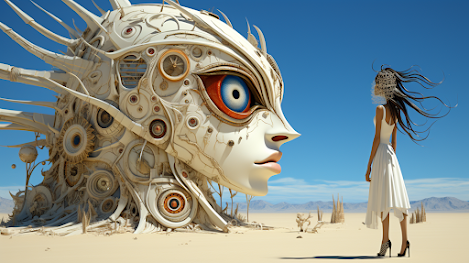Who Owns AI-Generated Art? A Guide to Copyright, Ethics & Protecting Your Work in 2025

A Guide to Copyright, Ethics & Protecting Your Work in 2025 The rise of AI-generated art has revolutionised creativity—but also blurred the lines of ownership. If you've created images using tools like Midjourney, DALL·E, or Stable Diffusion, you might be asking: ❓ Do I own the rights? ❓ Can someone else copy or sell my AI art? ❓ Is copyright even possible with AI? Let’s break down what you need to know—and how to protect your work. 👩⚖️ Is AI Art Protected by Copyright? As of 2025, copyright law in most countries does not automatically protect images created entirely by artificial intelligence. That’s because copyright typically requires human authorship . In other words: 🧍 + 🤖 = maybe 🤖 alone = no So, if you type a prompt into an AI tool and it generates an image with no further human input, copyright protection is currently unlikely . However, if you significantly modify , curate , or enhance the work—especially if combined with other media or text—your ...




